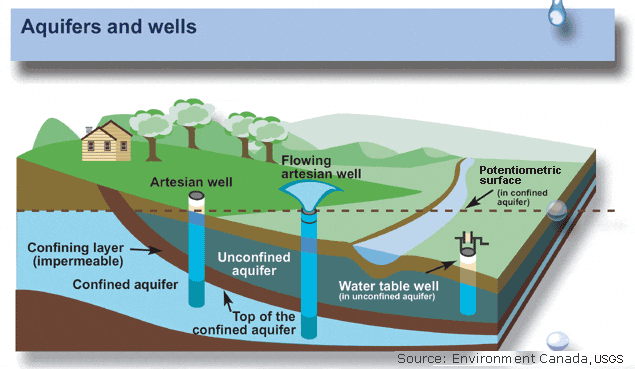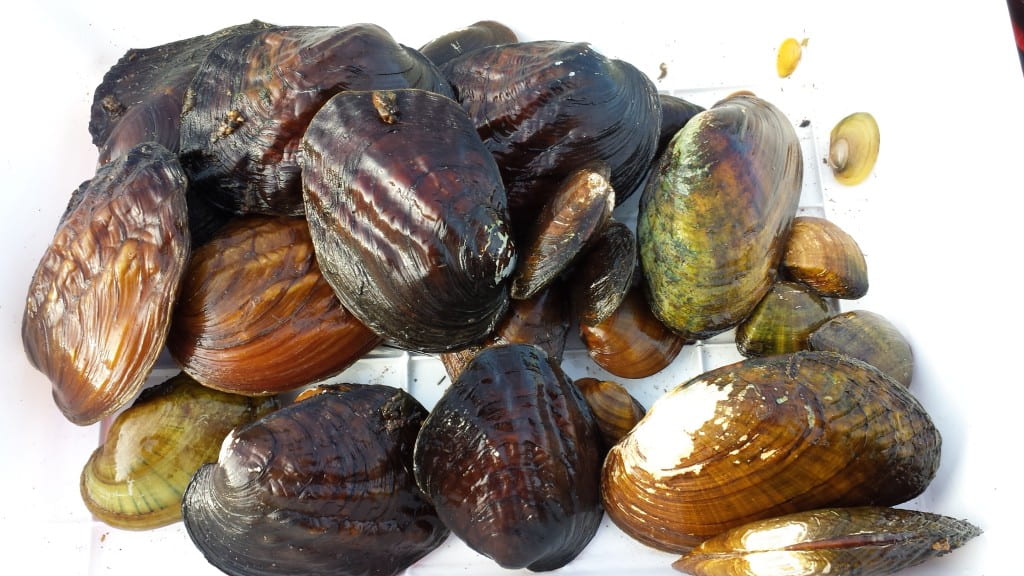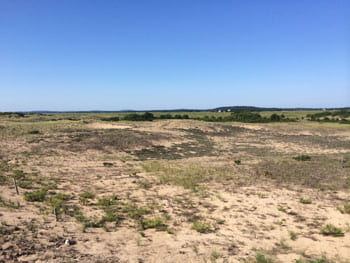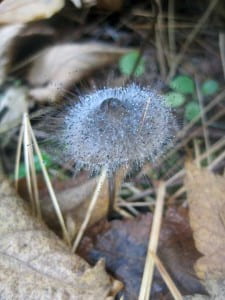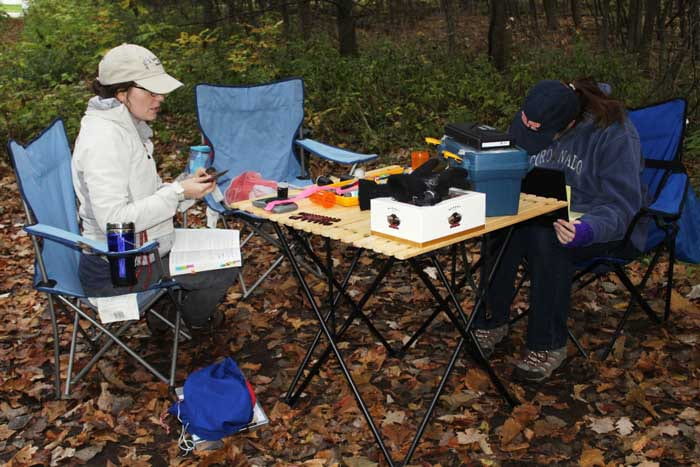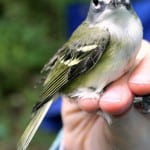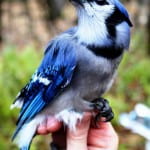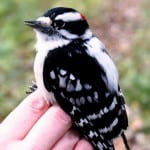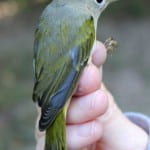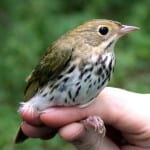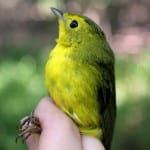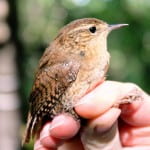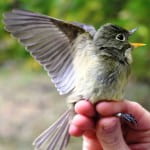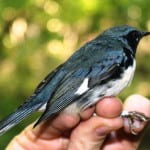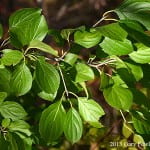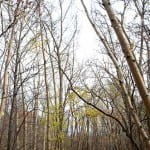Scientists collect a snapshot of a bird’s life when they capture, band, and release it. Each coded band and any data collected at the same time like date, location, sex, age etc. are recorded in a database that can be shared by scientists around the world. When the same bird is seen somewhere else, that observation location provides another snapshot that is added to the database, helping scientists to reconstruct the movements of individual birds. This continuously growing database makes it possible to study dispersal and migration, behavior and social structure, life-span and survival rate, reproductive success and population growth.
Environmental Science & Policy Master’s candidate Tom Prestby is observing shorebirds migrating along the lower Bay of Green Bay (Brown County, Wisconsin, USA) in order to provide much needed information about the importance of near shore habitat for numerous species of conservation concern including three species in high peril and 12 in high continental concern.
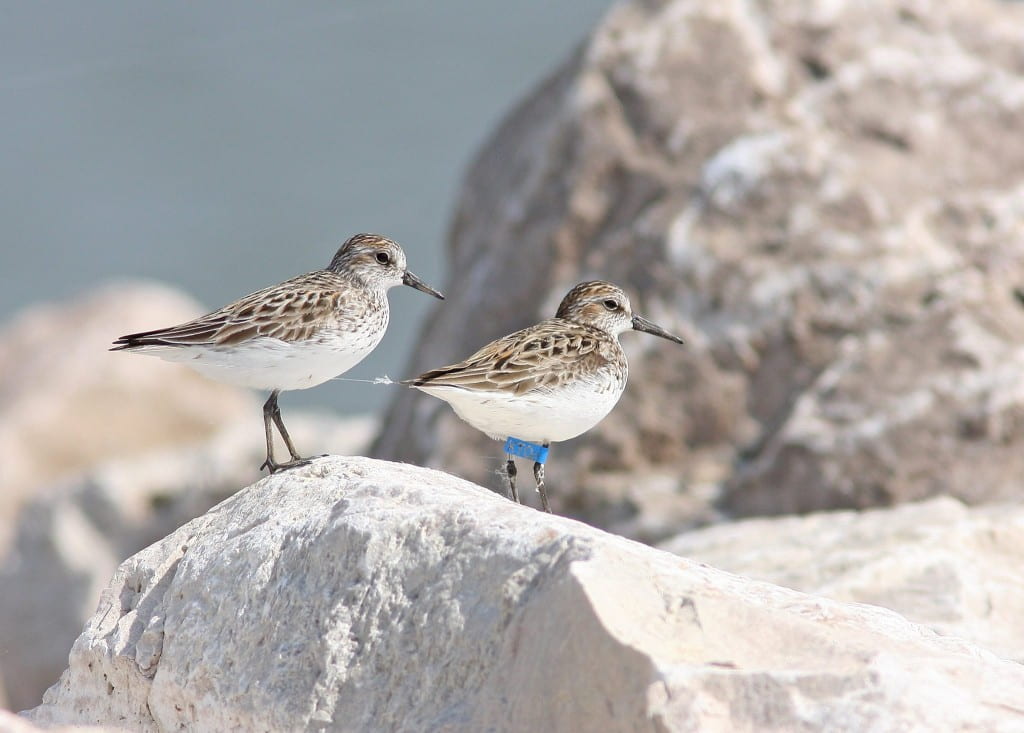
He photographed the Semipalmated Sandpiper shown here in late May 2015 at his research site in Green Bay. The code on the blue band on the bird’s leg allowed him to discover that it was banded on January 14, 2014 in Maranhao, Brazil, and so had traveled nearly 2000 miles to get to Green Bay. Semipalmated Sandpipers, so-named because their toes are webbed for only part of their length, breed on open tundra, so it’s journey is only a little more than half finished. It still must travel another 1200 miles or more to northern Canada and Alaska to breed this summer, resting at along mudflats, sandy beaches, shores of lakes and ponds, and wet meadows. These birds make that incredible 3000 mile journey in only about two months time and rely mostly on stored fat reserves to power them through migration. Summer is short in the arctic, so after they breed they begin their fall passage in July at a more leisurely pace and typically arrive back in their South American wintering grounds by mid-October.[1]
Unfortunately, this species is on the 2014 State of the Birds Watch List, which lists species most in danger of extinction without significant conservation action. Even though populations appear to be stable at some arctic breeding grounds in Alaska, surveys by researchers in Canada and the United States indicate that the numbers of birds reaching South America wintering grounds have declined by 80% over the last 20 years. Canadian scientist Stephen Brown who has been tracking the birds as they arrive on Coats Island in the far north of Hudson’s Bay explains, “We need to understand the migratory pathways of the species in order to know where the decline is occurring, and what can be done to reverse it.”[2]
Prestby’s observation is helping other scientists to do just that. He is continuing to monitor shorebirds at his research sites including the recently restored Cat Island Chain in person and through the use of remote cameras. He is enthusiastic about his graduate experience. “It is fascinating to be able to look into the life of one of these birds and very satisfying to contribute to a great database!” His master’s research will provide important information about shorebird migration and use of wetlands encircling the bay of Green Bay that will help scientists to better understand and conserve these trans-American travelers.
References
1. All About Birds: http://www.allaboutbirds.org/guide/Semipalmated_Sandpiper/id
2. Manumet Center for Conservation Studies: https://www.manomet.org/newsletter/first-ever-geolocator-results-semipalmated-sandpiper-show-remarkable-year-long-odyssey
Considering a career in Environmental Science? Learn more educational opportunities for undergraduate and graduate students at the University of Wisconsin–Green Bay, the Original #EcoU!

